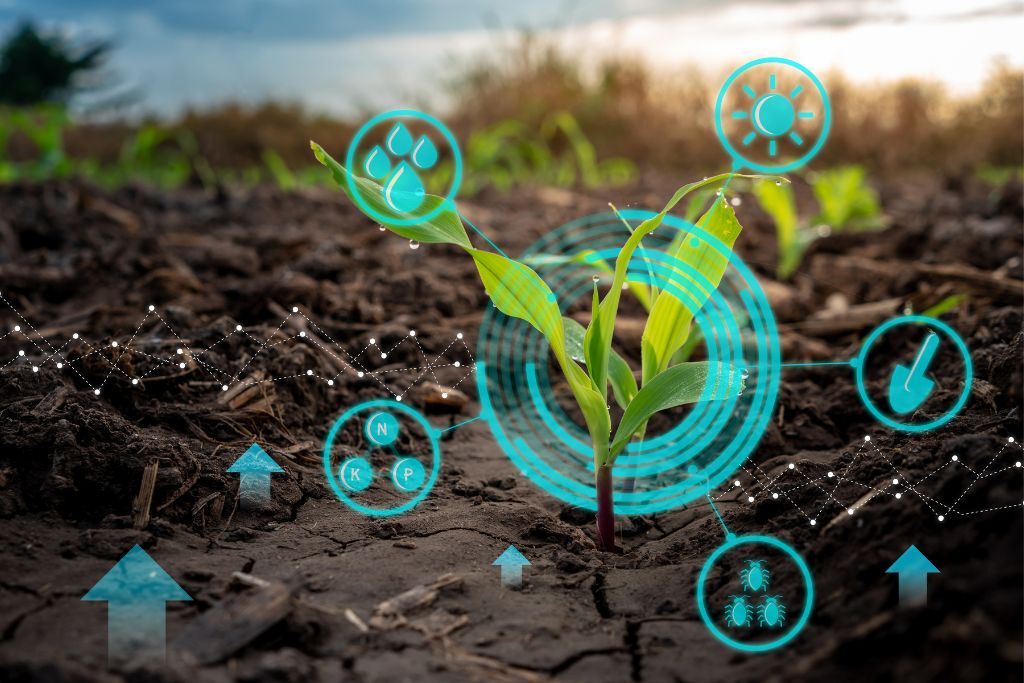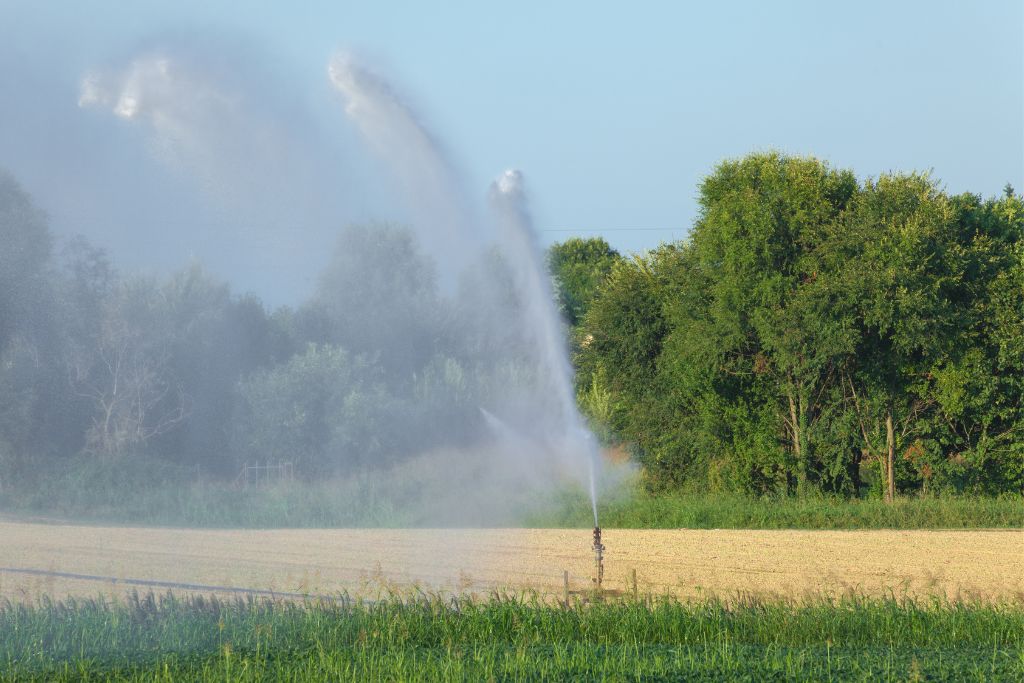Everyone needs to eat, which makes agriculture the world’s biggest industry. But growing food sustainably must be done without overusing water, land or chemicals. Connectivity offers a way to tackle these challenges. For example, LPWAN sensors could track soil conditions, letting farmers adjust irrigation and nutrient systems for better results.
Robotics
Robots can be programmed to perform a wide range of tasks on the farm. This can include harvesting, planting and providing irrigation. The use of robots can reduce the time it takes to complete these tasks and improve the quality of the produce.
In addition, the use of robots can reduce the amount of chemicals used on a farm. This can help to ensure that the soil and water supplies remain pristine.

However, the use of robots in agriculture raises a number of concerns. If robots are used to replace human workers, this could lead to a decrease in wages. It is important to find ways to ensure that robots are used in a way that benefits humans and provides them with better working conditions.
Artificial Intelligence
Many startups are developing AI-based technologies for farms. They can help to analyze data, diagnose problems, optimize plant growth, and increase crop yields.
For example, one company has developed a mobile application that allows farmers to scan their crops for signs of disease and pest infestation. The app then identifies the problem and recommends treatment. This helps reduce monetary losses and minimizes environmental impact.

Another startup has created a robotic device that can automatically weed fields. It uses machine learning to recognize weeds and differentiate them from crops. It then sprays only the weeds, not the crops, eliminating the need for costly herbicides that pollute the environment.
The future of agriculture looks promising as new technology improves crop production, increases productivity, and enhances the lives of farmers. However, there are still challenges to overcome.
Big Data
Big data is the collection of large amounts of information that allows a business to make better decisions. In agriculture, this includes analyzing sensor or machine data on farming fields and crops.
Big-data technology can help farmers understand how their land is reacting to weather conditions, pest infestations and fertilizer usage. This can then help them optimize their operations and maximize their crop yields.

This has the potential to revolutionize agricultural practices and halt a global food crisis. However, ensuring that this data is accessible to all farmers is crucial. Achieving this will re-calibrate the power asymmetry between large agribusinesses and small farmers. This can be done through open-sourced data and publicly-funded data analytic tools that rival Climate Corp.’s in complexity and innovation.
Automation
The rise of automation in the agriculture industry offers farmers more efficient ways to manage their crops. For instance, automated weeding and seeding devices reduce labour and the number of chemicals needed to control pests. Additionally, agricultural drones with aerial imaging and seed-planting capabilities allow farmers to monitor conditions from above.

Automation may also improve sustainability by reducing the use of fertilizers and chemicals, as machines can apply them more accurately and precisely. This could help mitigate the impact of rising chemical costs, which McKinsey research has shown are the number-one risk to farmer profitability. However, implementing automation requires significant upfront investment and can decrease the ability to adapt to changing conditions or markets. In addition, it can also remove the human element from farming processes and lead to monoculture cropping, which increases the risk of plant diseases and pests.
Sustainability
Sustainability is an important goal for farmers to work towards because it means producing food or animal products while preserving the natural environment. This includes a number of practices like crop rotation and polycultures, which encourage biodiversity to help keep soil healthy and allow nutrient levels to reset more quickly. It also means raising livestock in a pasture-based system, which reduces the strain on power grids and contributes to better water quality.

It also helps limit pollution from agricultural operations like fertilizer, fossil fuel emissions from farm equipment and livestock methane production. These issues can be offset with smart weather intelligence and other data-driven tools to create a more sustainable agricultural future. This type of farming will be necessary in order to provide enough food for a constantly growing population.
“Tips to Get the Best Tomato Yield” is essential for agriculture’s future. Technology and sustainability improve crop productivity. The article highlights creative strategies that increase tomato yields while conserving resources. Precision farming, IoT-based monitoring, eco-friendly fertilizers, and water management help farmers boost productivity without harming the environment. These strategies and sustainable practices can ensure a plentiful harvest and a healthy earth for future generations.

